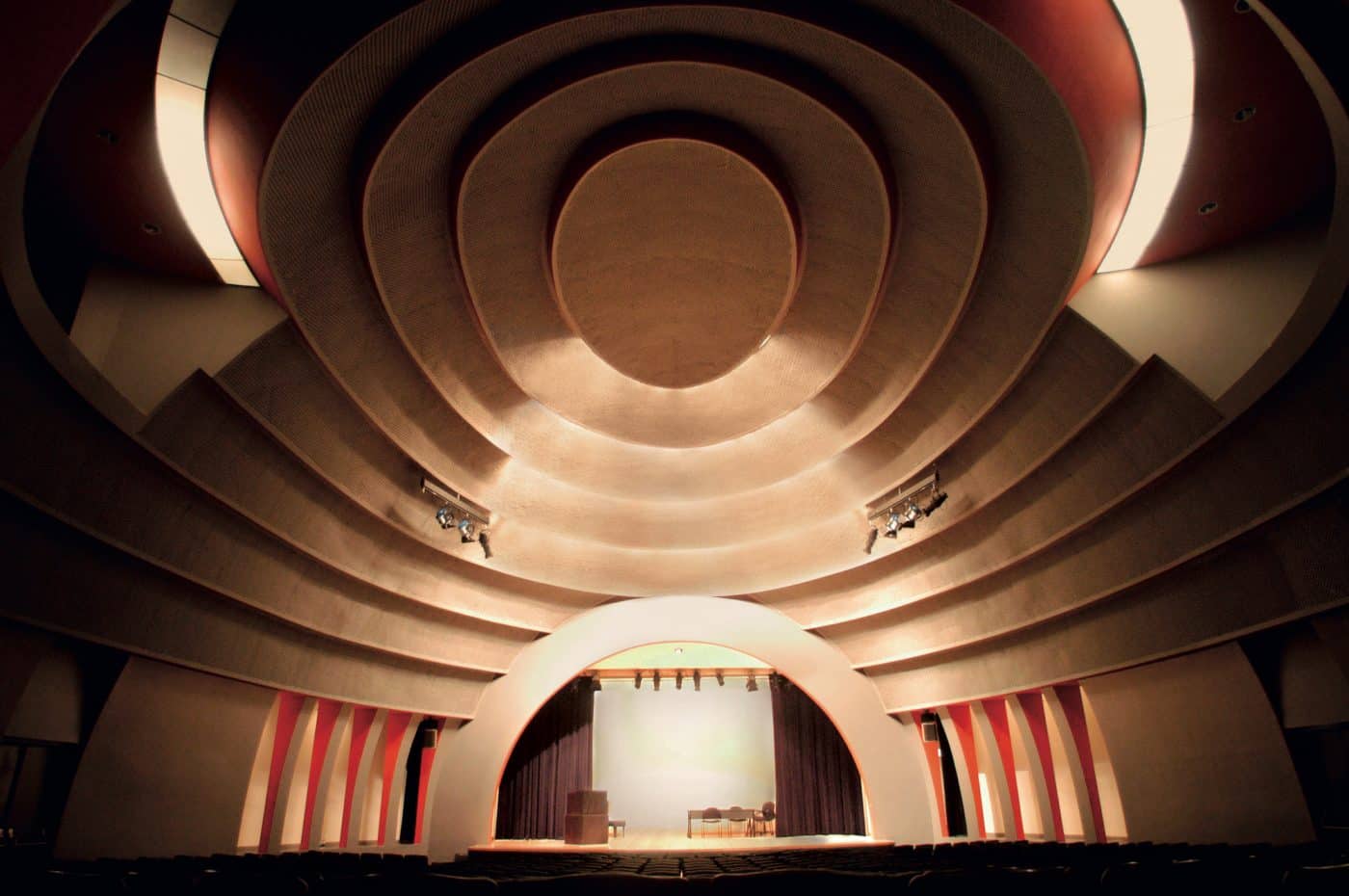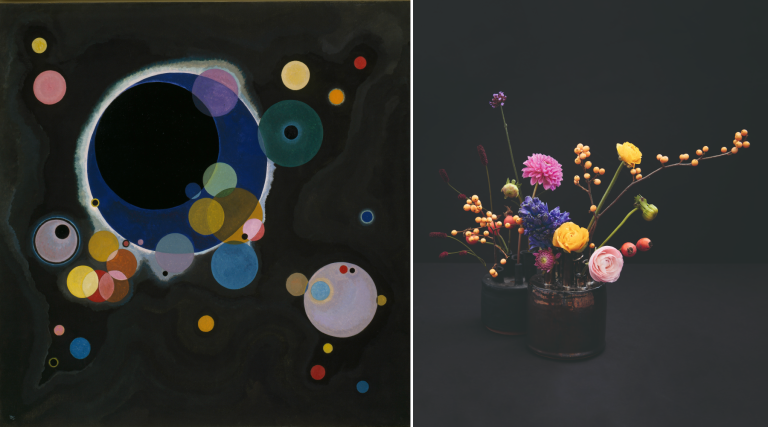November 21, 2021Art Deco was a design phenomenon that seems to have permeated every part of society between the First and Second World Wars. It was so broadly based, however, that it’s hard to get one’s arms around it. We know Deco was born with the 1925 International Exhibition of Modern Decorative and Industrial Arts in Paris. But after that, it proliferated wildly.
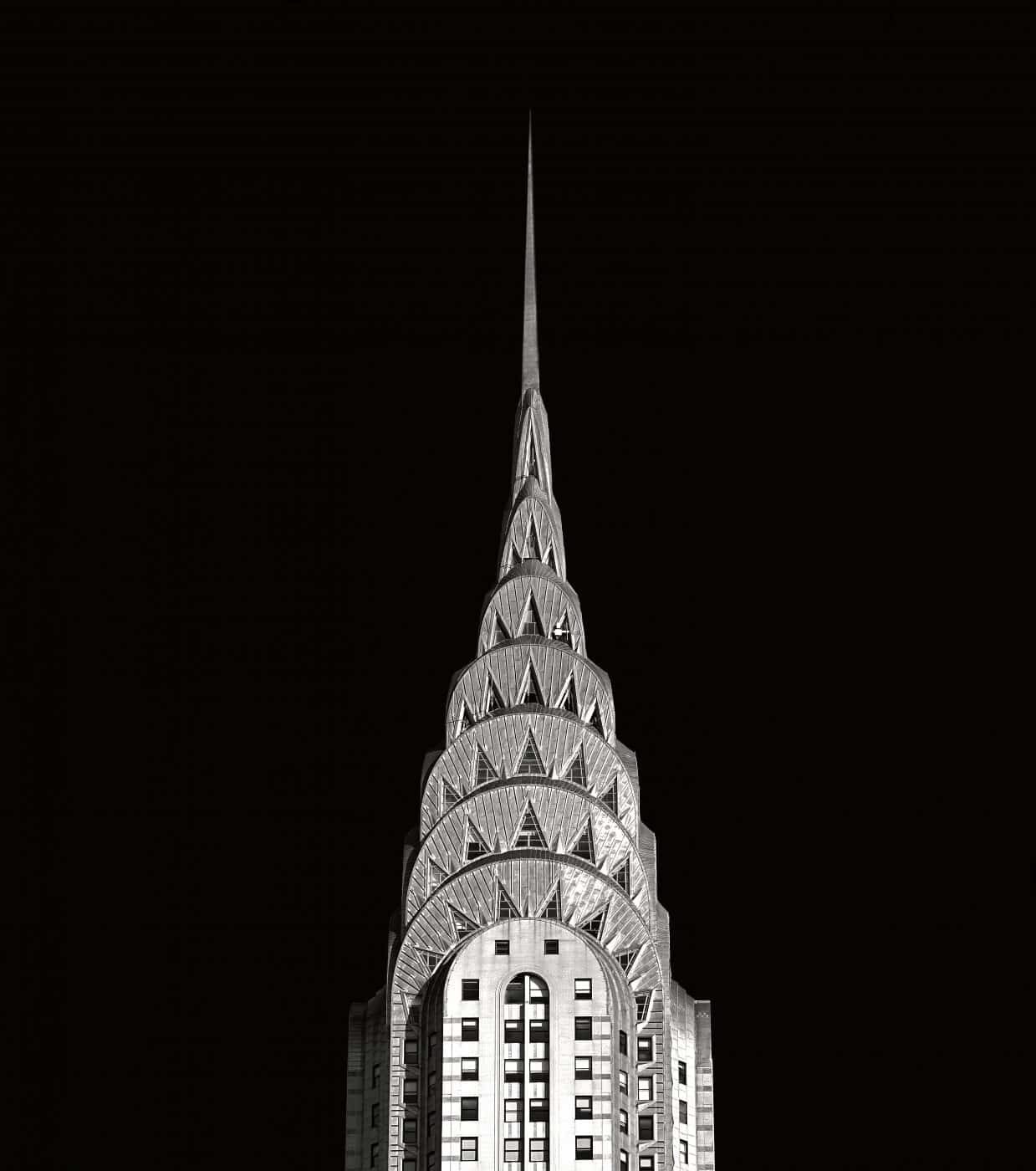

Deco was about rendering modernity and speed in solid form, as well as delivering luxury via rich materials. As Jared Goss notes in his erudite essay for ART DECO STYLE (ASSOULINE), it wasn’t a style per se, “but it was long on stylishness.” The book, with a fetching linen cover, features Goss’s take on the huge and hugely appealing variety of the Deco movement, which encompasses not only the elegant interiors of the French designer Émile-Jacques Ruhlmann but also Rio de Janeiro’s Christ the Redeemer statue, Boucheron bracelets and elegant glassworks by Cartier and Lalique — as well as the Renault Vivasport car.
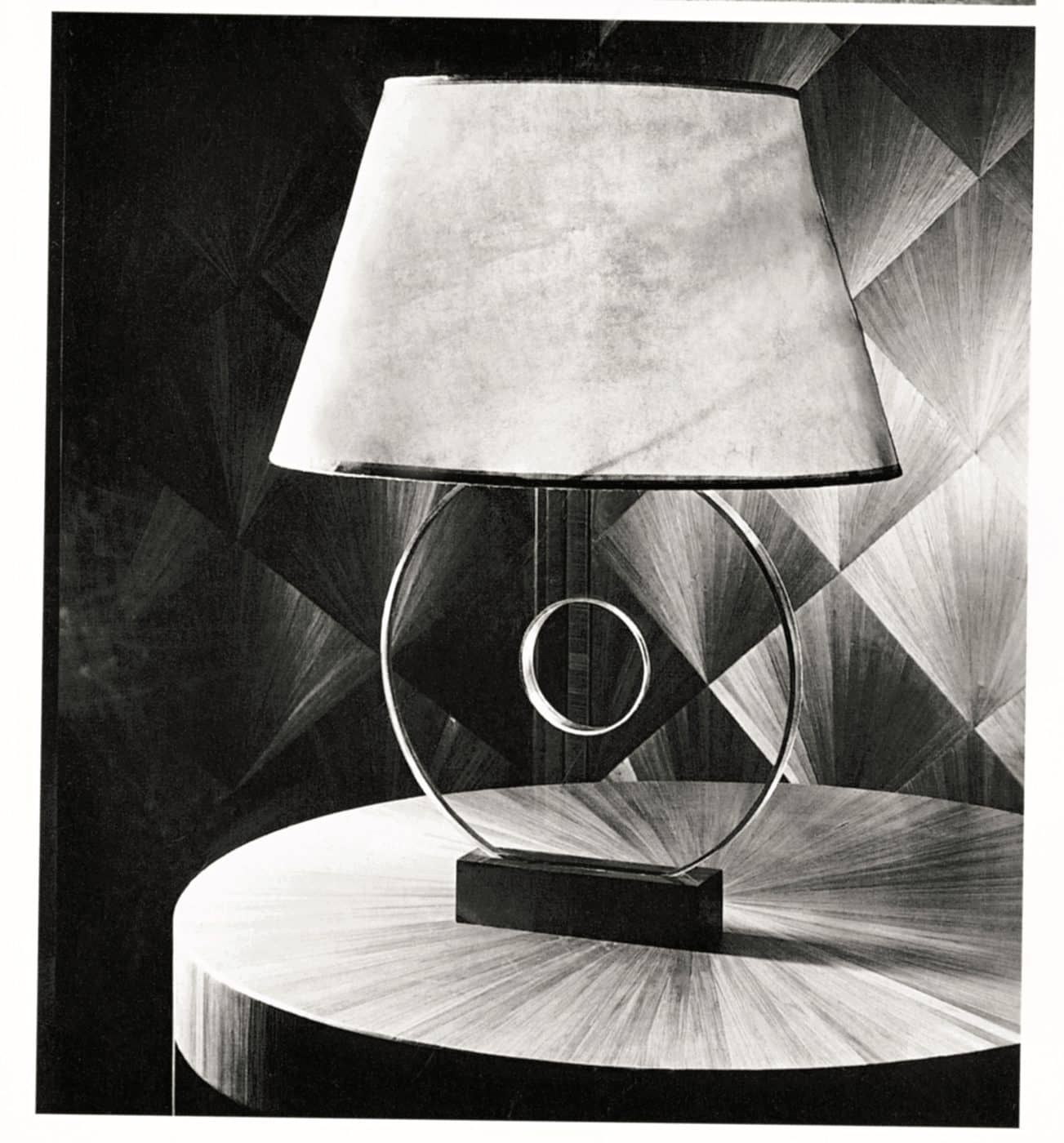
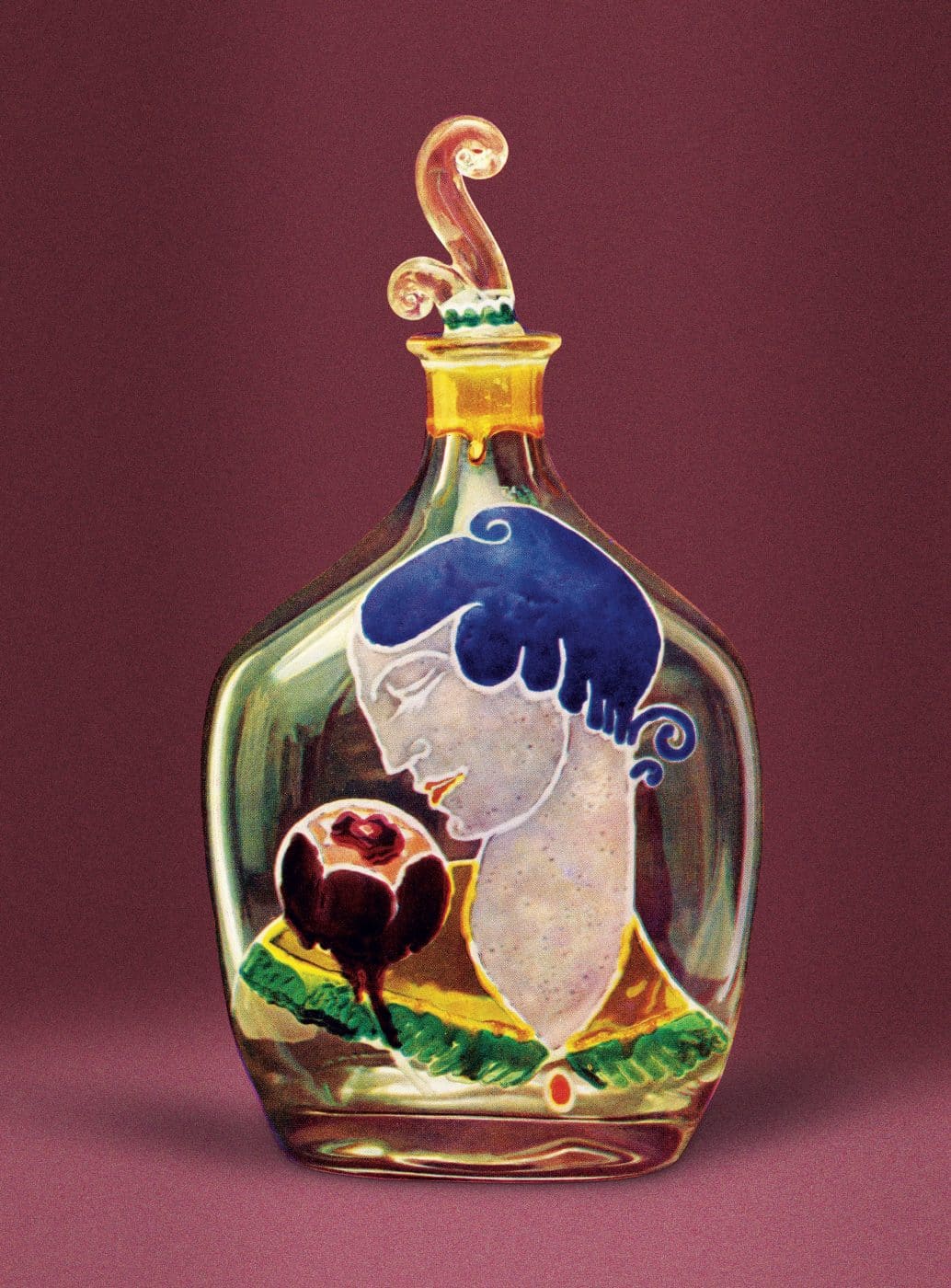
Most of the 300 pages are taken up by photographs of the best examples in all media, interspersed with snappy quotes by the era’s great masters. Painter Tamara de Lempicka, one of art’s most Deco dames, proclaims her fierce independence. The writer Paul Valéry, perhaps channeling Oscar Wilde, announces, “The future, like everything else, isn’t what it used to be.”
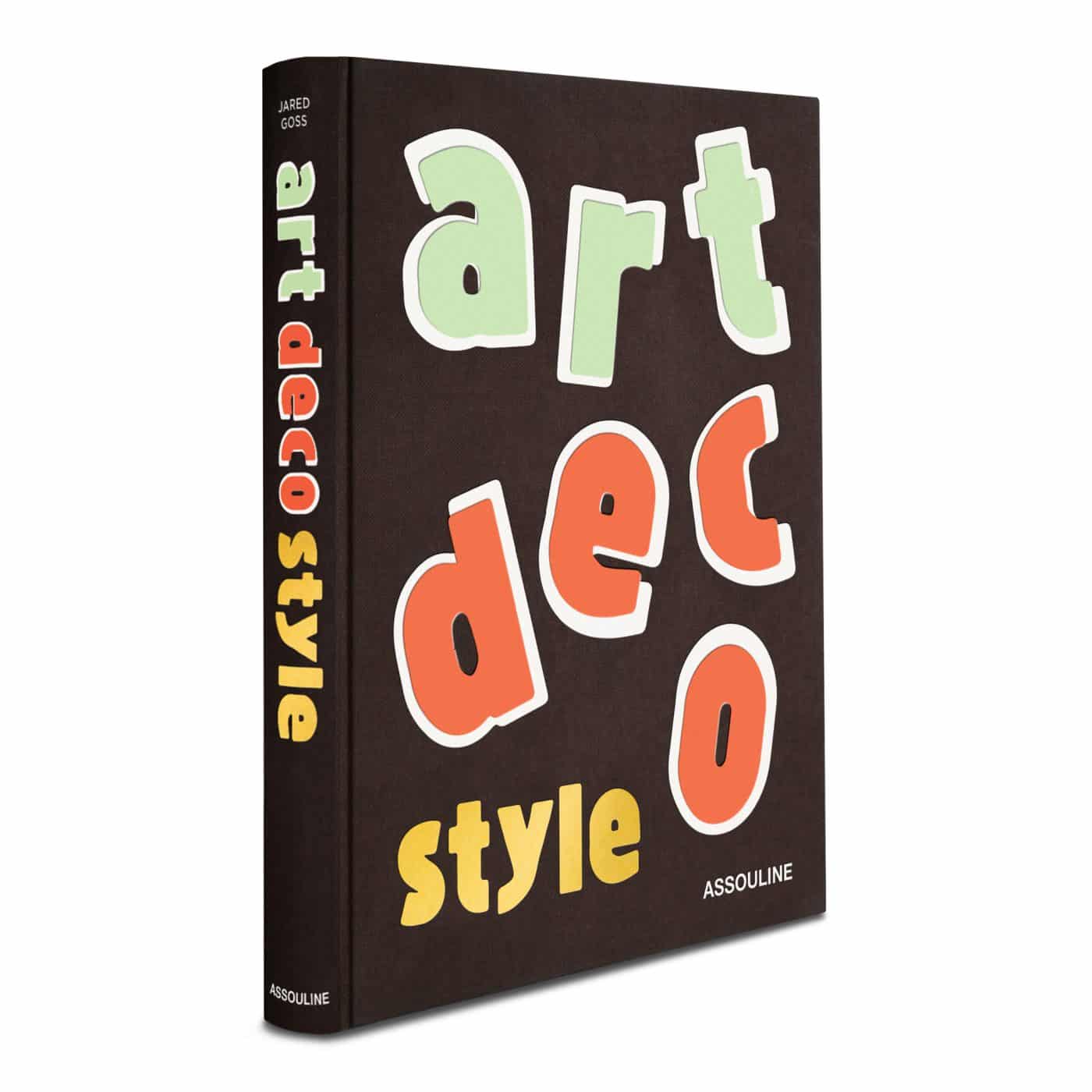
Wildean or not, Valéry is onto something that Goss points out too: the irony that Deco works, devoted to the cutting-edge and forward motion, will soon be classified as antiques as they pass the 100-year-old-mark. That said, Lee Lawrie’s striking reliefs at Rockefeller Center, among other Deco works pictured in the book, still look fresh. And that’s the point.
